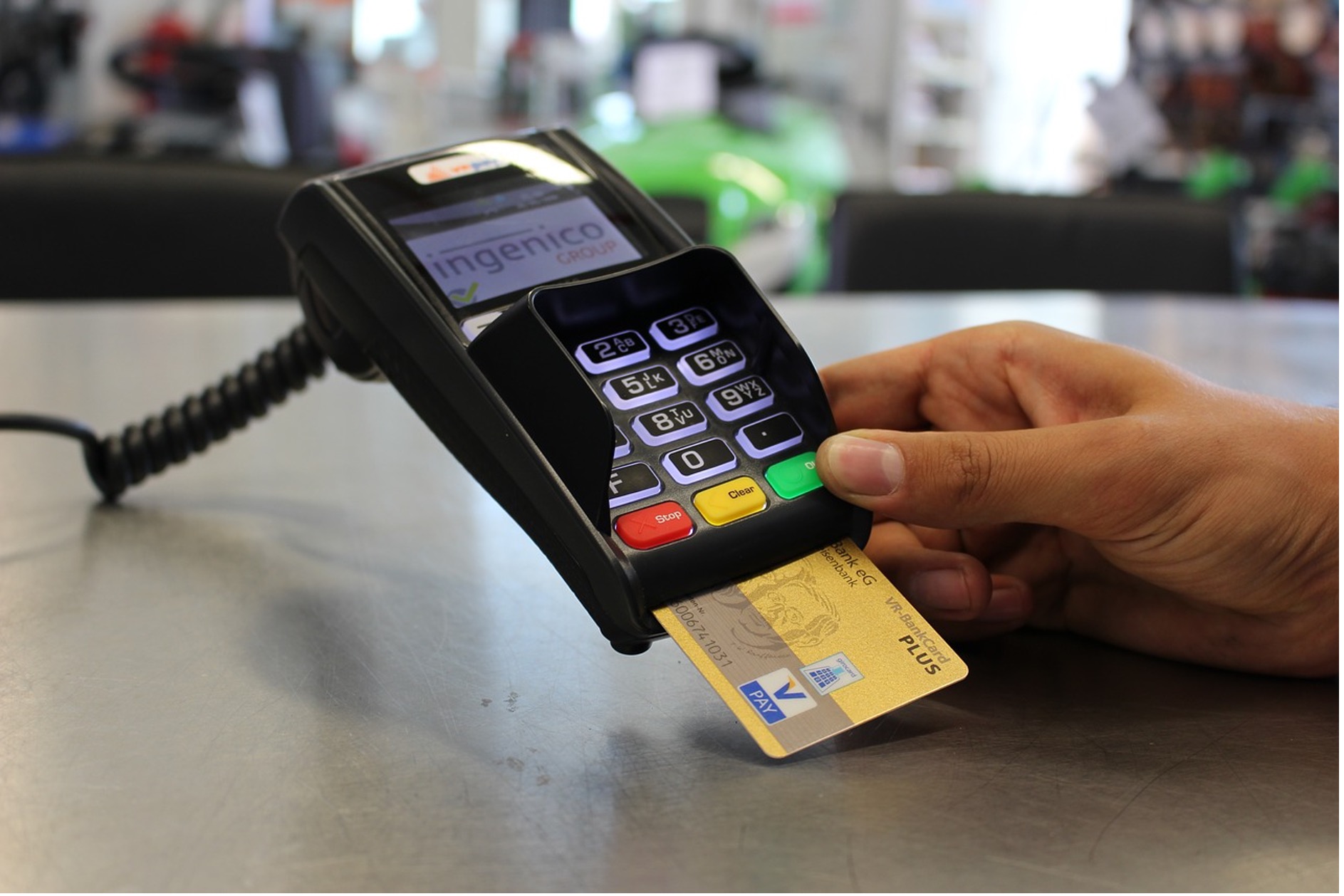Every lender is interested in responsible borrowers — consumers who make repayments on time. To assess reliability, organizations focus on your score, as it reflects the entire credit history. The higher the total — the more eligible you are as an applicant. Sadly, this summary is not always accurate.
All too often, reports from the largest bureaus contain false or outdated items. These entries affect the status, making loans expensive or inaccessible. Fortunately, there is an easy solution — professional services. The best credit repair companies reviewed by Rapid Credit Fix can enhance the score for you quickly and inexpensively. But isn’t it better to do it by yourself?
Effects of Poor Scores
Creditors share their data with three major agencies — Equifax, Experian, and TransUnion. These organizations compile reports detailing your borrowing history. Their contents define the total. Lenders are not the only parties that pay attention. The information is also used by insurers and employers. Overall, bad credit has far-reaching consequences.
The official FICO range is between 300 and 850. Different lenders use different criteria. Most commonly, borrowing conditions begin to deteriorate after the total falls under 720-720. This also depends on the type of loan. For example, mortgages insured by the government have lower thresholds.
Fixing by Oneself
The law allows every US citizen to correct their records, but the process is far from smooth. First, you need to collect the reports and scrutinize them to identify any errors. Secondly, you should collect evidence to corroborate your claims. Finally, you will communicate with creditors and bureaus in writing, sending letters of a particular format. There may be a lot of back and forth, and repair may take up to a year in total.
The duration always depends on the complexity of your case — i.e., the number and nature of false entries. Some of the typical mistakes are duplicates, outdated items, false evictions, repossessions, late payments, judgments, and tax liens. You may find information about events that never happened, or evidence of identity theft. The key stages in the process are:
1. Collection of Information
This stage is the easiest. You may get copies of all three reports from the www.annualcreditreport.com website. Digital copies may be downloaded immediately. Alternatively, you may leave a request by calling the organization or sending a letter by post.
By law, you are entitled to a free copy from each of the agencies per year. Now, throughout the pandemic, this service is accessible weekly. Note that all three sources must be considered at the same time. This is because every lending institution may share its information with just one bureau.
2. Examination of Records
Go through the records line by line and check all the details. Aside from the entries, pay attention to the correctness of your personal information like name, address, and Social Security number. If a fraudster has taken out loans in your name, you can spot this immediately. Any items that look suspicious should be scrutinized.
3. Gathering of Proof
Naturally, the bureau will not delete any details without supporting evidence. Corroborate your claims with bank statements and any other documentation. You may ask your creditor for clarification concerning any items they have reported.
4. Disputing the Errors
Finally, you should draft and send dispute letters to all credit bureaus involved. The Consumer Financial Protection Bureau provides templates on its official website. Send your letters by certified mail, so you have hard evidence of the exchange. The law obliges every reporting agency to investigate your dispute and respond within 30 days.
5. Getting the Results
Eventually, the bureau will either erase the items in question or request an additional proof. If any items are officially deleted, they may not be restored. The bureau will send you a free copy of the improved report. Your score will rise immediately once the derogatories disappear.

The Convenience of Professional Repair
Getting credit fixed by oneself is a complex endeavor. It requires time, patience, knowledge of applicable laws, and formal written communication. If the agency requires more evidence, the process is prolonged. Generally, it takes between six months and a year. Naturally, professionals achieve the necessary result much faster.
In credit repair, the outcome is never guaranteed. Still, a team of experts will collect and analyze the data faster. They are proficient in liaising with creditors and bureaus. The best companies offer a money-back guarantee, so you have peace of mind. Customers delegate repair and monitor the progress using online tools or apps. They have access to customer service and notifications. Some firms will even offer you a line of credit, so you may also rebuild, not just repair, your history.



 Bitcoin
Bitcoin  Ethereum
Ethereum  Tether
Tether  XRP
XRP  Solana
Solana  USDC
USDC  TRON
TRON  Cardano
Cardano  Lido Staked Ether
Lido Staked Ether  Avalanche
Avalanche  Toncoin
Toncoin